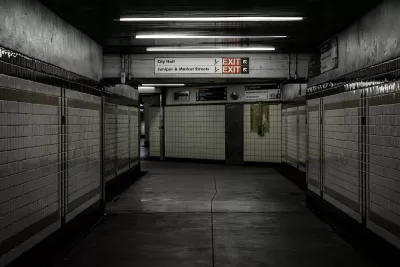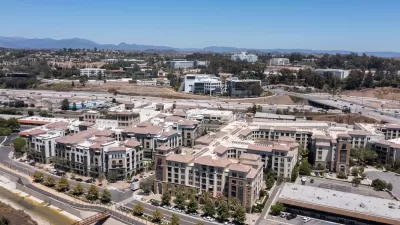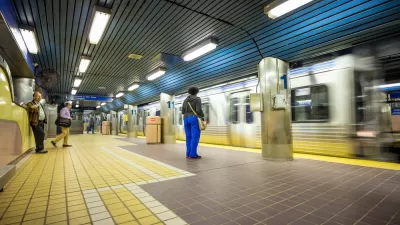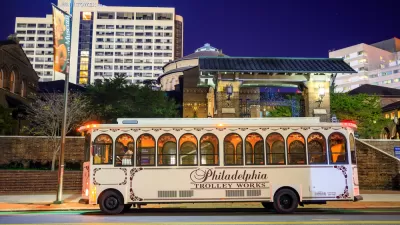A team of researchers found much higher levels of particulate matter inside the City Hall subway station than on the street-level sidewalks directly above the station.

A study by Villanova University researchers Kabindra Shakya and Aimee Eggler reveals that air quality in downtown Philadelphia’s City Hall subway station is significantly worse than the street-level sidewalks in the same location.
As the authors explain in an article in The Conversation, “We focused on this station because our previous study found it to have the highest levels of particulate matter among 12 Philly subway stations we measured on the busy Market-Frankford or Broad Street lines.” They found 10 times more black carbon — also known as soot — in the station than outdoors, generated by the subway system itself.
“Limited access to outside air, the frequency of trains, a large number of passengers and its location in the heart of Center City may be some of the reasons for the high concentrations of particulate matter at the 15th Street station,” the authors add.
The city could improve air quality in the subway by replacing aging equipment and rails, adding platform screen doors, and increasing ventilation. However, the authors stress that they are not recommending people avoid the subway. “Air pollution levels are highly variable across stations and over time, and commuters spend relatively short periods of time inside subway stations.”
FULL STORY: Air pollution inside Philly’s subway is much worse than on the streets

Alabama: Trump Terminates Settlements for Black Communities Harmed By Raw Sewage
Trump deemed the landmark civil rights agreement “illegal DEI and environmental justice policy.”

Study: Maui’s Plan to Convert Vacation Rentals to Long-Term Housing Could Cause Nearly $1 Billion Economic Loss
The plan would reduce visitor accommodation by 25% resulting in 1,900 jobs lost.

Why Should We Subsidize Public Transportation?
Many public transit agencies face financial stress due to rising costs, declining fare revenue, and declining subsidies. Transit advocates must provide a strong business case for increasing public transit funding.

Paris Bike Boom Leads to Steep Drop in Air Pollution
The French city’s air quality has improved dramatically in the past 20 years, coinciding with a growth in cycling.

Why Housing Costs More to Build in California Than in Texas
Hard costs like labor and materials combined with ‘soft’ costs such as permitting make building in the San Francisco Bay Area almost three times as costly as in Texas cities.

San Diego County Sees a Rise in Urban Coyotes
San Diego County experiences a rise in urban coyotes, as sightings become prevalent throughout its urban neighbourhoods and surrounding areas.
Urban Design for Planners 1: Software Tools
This six-course series explores essential urban design concepts using open source software and equips planners with the tools they need to participate fully in the urban design process.
Planning for Universal Design
Learn the tools for implementing Universal Design in planning regulations.
Smith Gee Studio
Alamo Area Metropolitan Planning Organization
City of Santa Clarita
Institute for Housing and Urban Development Studies (IHS)
City of Grandview
Harvard GSD Executive Education
Toledo-Lucas County Plan Commissions
Salt Lake City
NYU Wagner Graduate School of Public Service





























